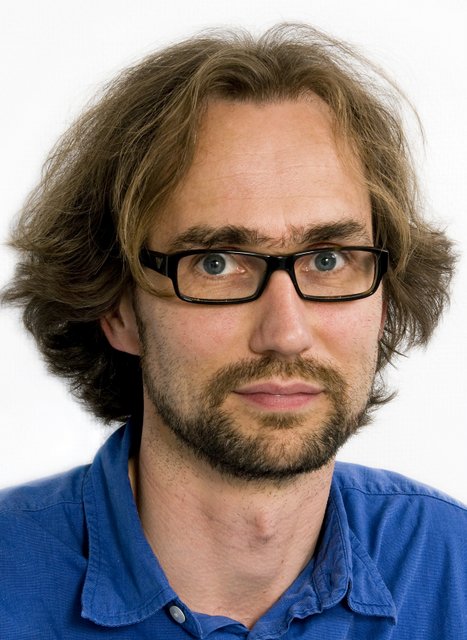Manfred Kayser

Keywords : Genetic variability Mitochondrial DNA Gene flow Caucasus peoples Genetic investigation DNA sequence Ethnic difference
Country : Netherlands
Organization : Erasmus University Medical Center
Department : Department of Genetic Identification
Biography :
Manfred Kayser studied Biology and received his Diploma magna cum laude from the University of Leipzig in 1994. He obtained his PhD in Biology (Genetics) summa cum laude from Humboldt-University Berlin in 1998. In his doctoral work he investigated Y-chromosome polymorphisms and their applications to forensics and anthropology. Part of this work led to the introduction of Y-chromosomal DNA-analysis in forensic practice for which he received the Konrad-Händel Research Award of the German Society of Legal Medicine in 1998. He performed post-doctoral research at the Department of Anthropology at Pennsylvania State University (USA) on the genetic history of human populations. He continued this work at the Department of Evolutionary Genetics, Max Planck Institute for Evolutionary Anthropology in Leipzig (MPI-EVA), in Germany, where he was a staff scientist from 1999 till 2003, and for instance demonstrated that Polynesian genetic ancestry is partly Asian and partly Melanesian correcting the previous hypothesis of a purely Asian origin of Pacific Islanders. In 2004, he received his formal recognition as university teacher in Genetics from the University of Leipzig and continued as Heisenberg Fellow with his own research group at the MPI-EVA.
As of April 2004 he is appointed as Full Professor and Chair of Forensic Molecular Biology at Erasmus University Rotterdam, and became founding Head of the Department of Forensic Molecular Biology at Erasmus MC. Here he investigates various aspects of human biology and genetics that potentially provide solutions to currently unsolvable questions in forensics. For instance he mapped genes involved in eye color, demonstrated that a few genetic markers are sufficient to accurately estimate eye color from DNA and developed a forensically validated DNA test for eye color prediction available for practical applications. Research areas besides unveiling the genetic basis of human appearance and developing predictive markers and tools are in using DNA to infer bio-geographic ancestry of a person, developing biomarkers and tools for forensic cellular origin determination, using circadian biomarkers for forensic time estimations and developing DNA markers for male identification in special forensic cases such as sexual assault. He also is continuing his research interest in genetic history of human populations and footprints of natural selection in the human genome.
